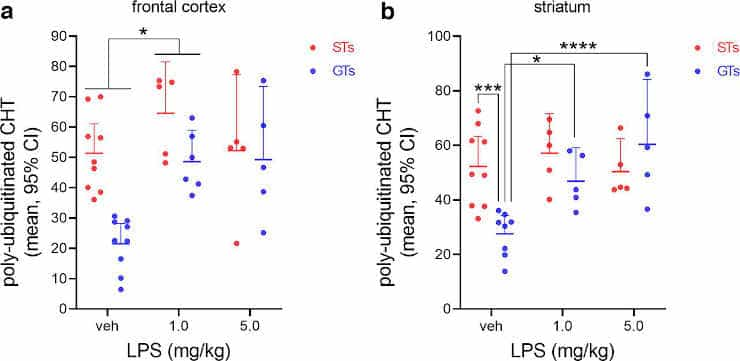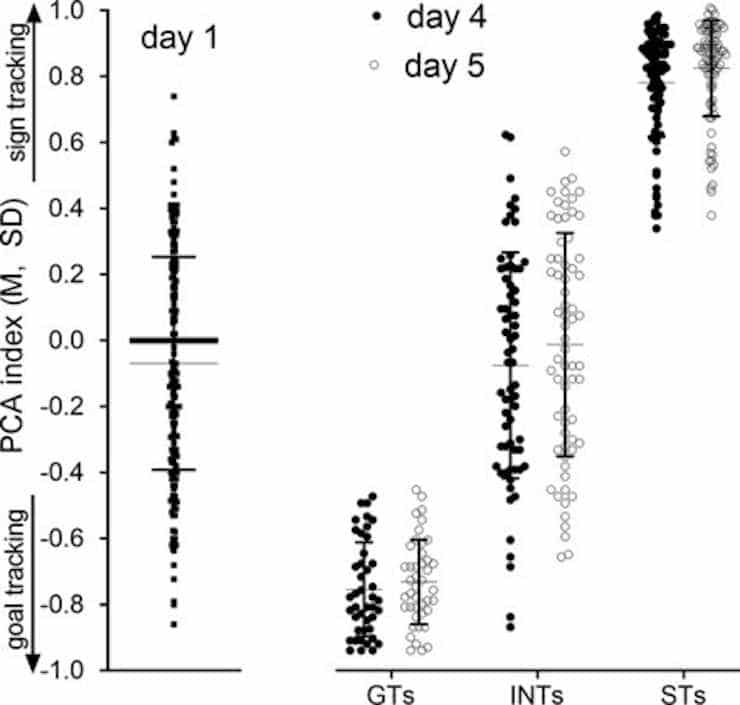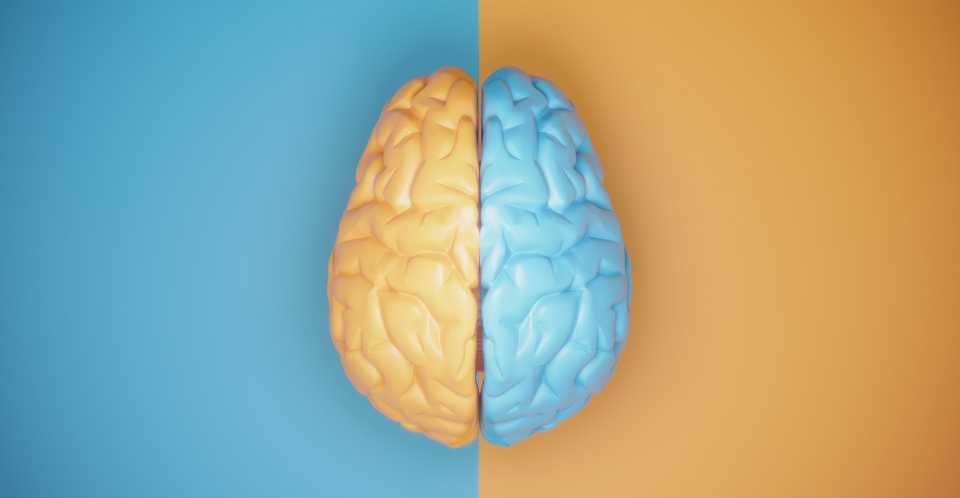Certain cues — whether they be particular people, places, or things — can elicit potent cravings for frequent use in people who are addicted to drugs.
A new University of Michigan study has discovered that brain signals previously associated with inflammation contribute to people’s susceptibility to addiction. Some people develop an inability to control their drug use even in the face of negative consequences after repeated drug use with the same cues.
Researchers have shown in rats that animals with poor attentional control (choosing what gets attention and what gets ignored) develop strong cue-induced cravings. Sign trackers are what these animals are referred to as. On the other hand, goal trackers are animals that have good attention control.
According to Hanna Carmon, a University of Michigan psychology graduate student and the study’s lead author, sign trackers experience a greater rewarding effect from drug use and will continue to use drugs even if the consequences are painful. In the face of negative consequences, goal trackers stop using drugs.
Dysfunctional Choline Transporters

Credit: ENEURO.0023-23.2023; DOI: 10.1523/ENEURO.0023-23.2023 CC-BY
Carmon and colleagues investigated the relationship between the brain’s choline transporter (a protein in the cell membrane involved in attention control) and cytokines (proteins that stimulate or slow the immune system) and the differences between sign and goal trackers.
Sign trackers had more dysfunctional choline transporters in the study, contributing to poor attentional control. They also had elevated cytokines.
When researchers increased cytokine levels, sign trackers showed very little change in the number of dysfunctional choline transporters; however, goal trackers showed an expected increase in dysfunctional choline transporters, making them more like sign trackers.
“These findings indicate that there is an important interaction between increased cytokine production and decreased choline transporter function that contributes to disrupted attentional control and vulnerability to addiction,”
Carmon said.
Addiction Resiliency
Although it is difficult to test whether human sign trackers are susceptible to addiction, sign trackers exhibit a variety of behaviors that indicate poor attentional control in both rats and humans, including distractibility and impulsiveness. As a result, sign trackers represent addiction vulnerability, whereas goal trackers represent addiction resilience.

The behavior of a total of N = 197 rats (113 females) was assessed across five consecutive PCA sessions (over 5 d). PCA scores reflected whether rats preferably approached and contacted the lever (Pavlovian food cue; positive PCA scores; STs) or approached the magazine (negative PCA scores; GTs). Scores obtained from the first session (left) indicated that most rats did not exhibit a bias toward the lever (CS) or the magazine (note that the thick horizontal bar depicts multiple data points with PCA scores at 0). By days 4 and 5 (right), nearly a third of the rats had developed a preference either for approaching the CS or emerged as GTs (the graph shows PCA scores from test days 4 and 5, assigned to the three phenotypes based on the final classification of phenotype using the average of individual PCA scores obtained from sessions 4 and 5; cut off scores: ±0.5). Rats with intermediate PCA scores (INTs) were not further investigated.
Credit: eneuro (2023). DOI: 10.1523/ENEURO.0023-23.2023
The study’s lipopolysaccharide effects suggest that elevated chemokine levels in the brain influence intracellular choline transporter ubiquitination levels, but it is important to note that attenuated cholinergic signalling promotes brain cytokine expression. Despite the high reliability of sign-tracking as a trait across laboratories and time, the search for the molecular and genetic causes of such complex, bidirectional interactions may be extremely difficult.
The authors hope that more research in this field will lead to better personalized treatments for those struggling with addiction.
Abstract:
Sign-tracking (ST) describes the propensity to approach and contact a Pavlovian reward cue. By contrast, goal-trackers (GTs) respond to such a cue by retrieving the reward. These behaviors index the presence of opponent cognitive-motivational traits, with STs exhibiting attentional control deficits, behavior dominated by incentive motivational processes, and vulnerability for addictive drug taking. Attentional control deficits in STs were previously attributed to attenuated cholinergic signalling, resulting from deficient translocation of intracellular choline transporters (CHTs) into synaptosomal plasma membrane.
Here, we investigated a posttranslational modification of CHTs, poly-ubiquitination, and tested the hypothesis that elevated cytokine signalling in STs contributes to CHT modification. We demonstrated that intracellular CHTs, but not plasma membrane CHTs, are highly ubiquitinated in male and female sign-tracking rats when compared with GTs. Moreover, levels of cytokines measured in cortex and striatum, but not spleen, were higher in STs than in GTs. Activation of the innate immune system by systemic administration of the bacterial endotoxin lipopolysaccharide (LPS) elevated ubiquitinated CHT levels in cortex and striatum of GTs only, suggesting ceiling effects in STs. In spleen, LPS increased levels of most cytokines in both phenotypes. In cortex, LPS particularly robustly increased levels of the chemokines CCL2 and CXCL10. Phenotype-specific increases were restricted to GTs, again suggesting ceiling effects in STs. These results indicate that interactions between elevated brain immune modulator signalling and CHT regulation are essential components of the neuronal underpinnings of the addiction vulnerability trait indexed by sign-tracking.
Reference:
Hanna Carmon, Evan C. Haley, Vinay Parikh, Natalie C. Tronson, Martin Sarter. Neuro-Immune Modulation of Cholinergic Signaling in an Addiction Vulnerability Trait. eNeuro 21 February 2023, 10 (3) ENEURO.0023-23.2023; DOI: 10.1523/ENEURO.0023-23.2023
